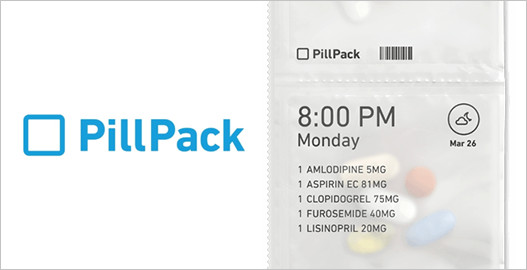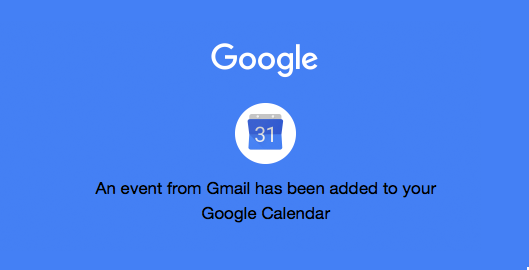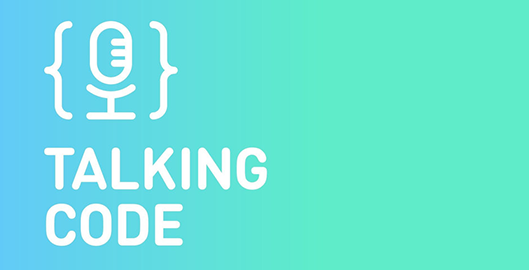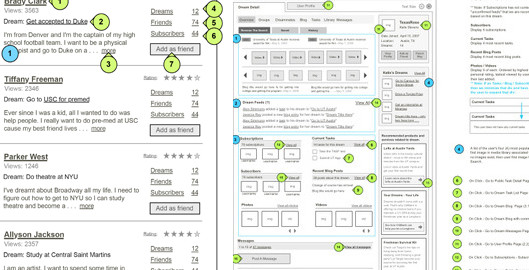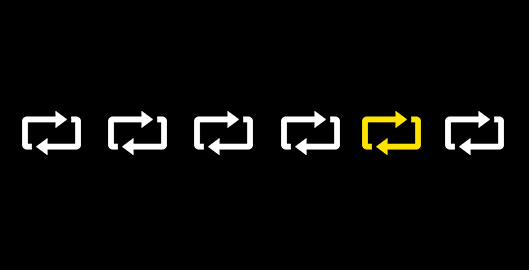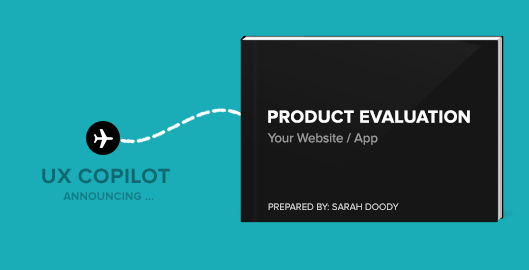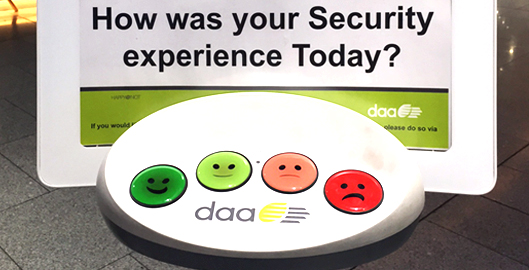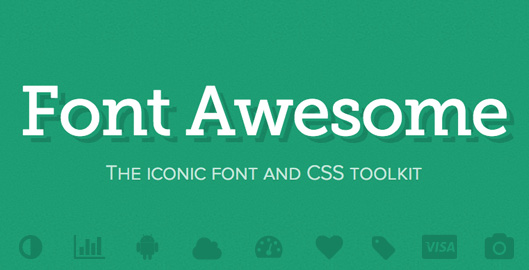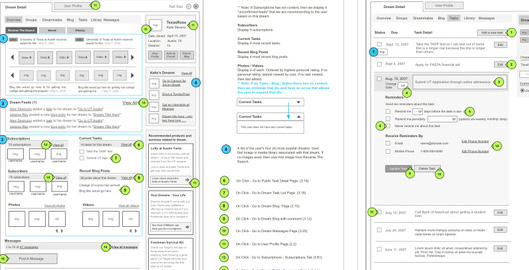Think back to the last time you had to take medication. Did you actually take it exactly as prescribed? Or, did you miss a few doses or perhaps just stop taking it before the last dose?
There’s a good chance that you don’t take every single dose. In fact a 2015 study by market research firm Kenton Global found that 80% of Americans miss taking their medications.
